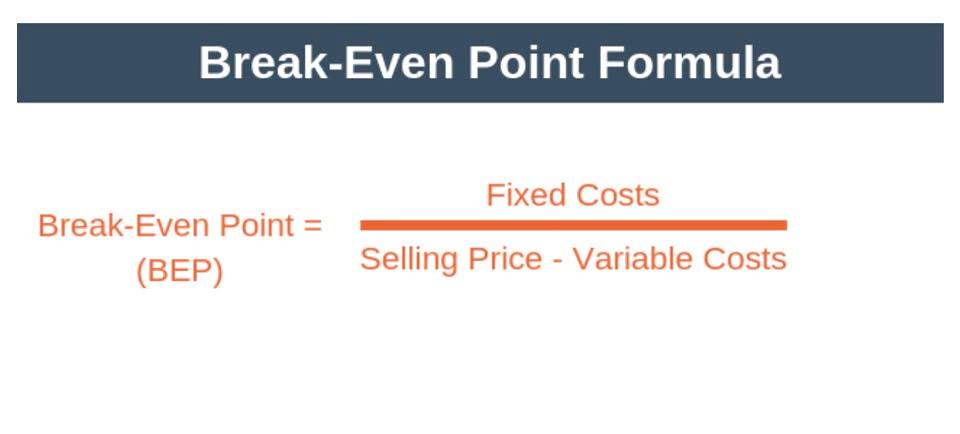Your profit margin shows how much money you make from every dollar of your gross revenue. When you improve your profit margin, you actually make more money without needing to increase sales or gross revenue. Business owners, company management, and external consultants use it internally for addressing operational issues and to study seasonal patterns and corporate performance during different time frames. A zero or negative profit margin translates to a business that’s either struggling to manage its expenses or failing to achieve good sales. Drilling it down further helps to identify the leaking areas—like high unsold inventory, excess or underutilized employees and resources, or high rentals—and then to devise appropriate action plans. There are other key profitability ratios that analysts and investors often use to determine the financial health of a company.
What Does Gross Profit Margin Indicate?
In other words, it measures how much profits are produced at a certain level of sales. Creditors and investors use this ratio to measure how effectively a company can convert sales into net income. Investors want to make sure profits are high enough to distribute dividends while creditors want to make sure the company has enough profits to pay back its loans.
What Is a Good Net Profit Margin?
Automakers’ profits and sales are limited by intense competition, uncertain consumer demand, and high operational expenses involved in developing dealership networks and logistics. Businesses that are running on borrowed money may be required to compute and report their profit margins to lenders (like a bank) monthly. For example, if a company reports that it achieved a 35% profit margin during the last quarter, it means that it netted $0.35 from each dollar of sales generated.
Formula to Calculate Contribution Margin Ratio
Two companies with similar gross profit margins could have drastically different adjusted gross margins depending on the expenses that they incur to transport, insure, and store inventory. Gross Margin Ratio, also known as Gross Profit Margin, is a financial metric that measures a company’s profitability by comparing its gross profit to its net sales. It is expressed as a percentage and helps businesses understand how much money is left after covering the cost of goods sold (COGS).
By comparing EBIT to sales, operating profit margins show how successful a company’s management has been at generating income from the operation of the business. There are several other margin calculations that businesses and analysts can employ to get slightly different insights into a firm’s profitability. It is expressed gross margin accounting as a percentage and tells you how much of every dollar in sales or services your company keeps from its earnings. Profit margin represents the company’s net income when it’s divided by the net sales or revenue. Net income — or net profit — is determined by subtracting the company’s expenses from its total revenue.
How do you calculate gross margin ratio?
That’s why investors should know how to analyze various facets of profitability, including how efficiently a company uses its resources and how much income it generates from its operations. The analysts also spend considerable amount of time in stripping down various elements of the net margin ratio to understand the drivers of margin. Another important practical usage of this ratio is to analyze its impact on ROE or other return measures (such as Du Pont analysis).
How Do You Define Profit Margin?
- This can be a delicate balancing act, requiring careful management to avoid losing customers while maintaining profitability.
- Using profit margin is an easy way to compare your business with others in your industry.
- It is one of the first few key figures to be quoted in the quarterly results reports that companies issue.
- What is an acceptable or good profit margin in one industry may be terrible or ridiculously high in another one.
- Profit margin is one of the simplest and most widely used financial ratios in corporate finance.
- A very costly item, like a high-end car, may not even be manufactured until the customer has ordered it, making it a low-expense process for the maker, without much operational overhead.
- If you looked at the profit and loss statement of a major company and discovered it had generated $17 million in sales revenue, it would appear that the company is turning a hefty profit.
- A favorably high ROE ratio is often cited as a reason to purchase a company’s stock.
- Companies use gross profit margin to identify areas for cost-cutting and sales improvement.
- This year Trisha may have made less sales, but she cut expenses and was able to convert more of these sales into profits with a ratio of 25 percent.
- For example, a company can have growing revenue, but if its operating costs are increasing faster than revenue, then its net profit margin will shrink.







Recent Comments